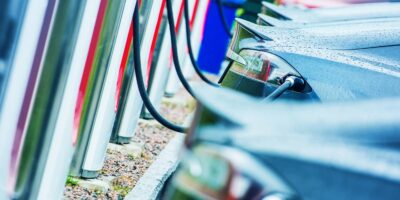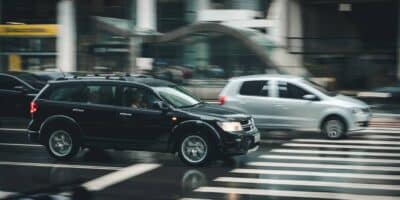One thing that’s often overlooked when buying a used car is the paint. It can tell you a lot about what the car’s been through and how thorough a job was done after a repair. A paint inspection can be the most important of all the used car buying tips in certain circumstances. You’ve got to be a bit of a detective, so here are the clues that will give you the most information:
Used Car History
Used car history records, most often obtainable through CARFAX, can reveal the car’s accident history. They won’t necessarily tell you every accident and repair, however.
A Reputable Dealer
Deal with a reputable used car dealership that has good reviews. They follow the same used car buying tips that are described here. Where they find evidence of an unreported accident or a shoddy repair job, they’re very unlikely to buy from a previous owner who’s been dishonest. They look out for their own purchases, too. Still perform the inspection yourself to make sure you’re protected when buying a used car.
Paint Inspection
1. Start by examining for clearer signs of accident or repair. Don’t overlook the obvious.
2. Every car dealership keeps their cars shined and polished. This is good because it allows you to examine reflections on the car. Look at what’s reflected in the paint. Reflections will stretch, but where they become wavy, it indicates body repair. Reflections will also highlight body panels that have fitting errors, revealing body repair.
3. Look for scuffs, particularly on inner edges. If you find rough areas, these often indicate where a masking tape line was laid down before painting. This is not a problem coming out of the factory, but can be with re-painting.
4. Raise the hood and check in out of the way areas. Do you see gray or white smudges? That can be a polishing compound. That can just be a bad wax job, but check closely to ensure they fit correctly.
5. Check the VIN sticker. Make sure it hasn’t been painted or buffed over. A sloppy repair job can sometimes damage it.
6. Check the headlights and other unpainted areas. Very occasionally, you’ll find what’s called overspray. Paint doesn’t naturally smudge off onto these areas. That means someone overapplied paint during a re-paint and didn’t get it all off.
7. Check the door hinges and fender bolts. They should still have their original paint, but if it’s been rubbed off the corners of the bolts, that means they’ve been removed, which means that body panel has been removed.
Have more questions? Come on by!






